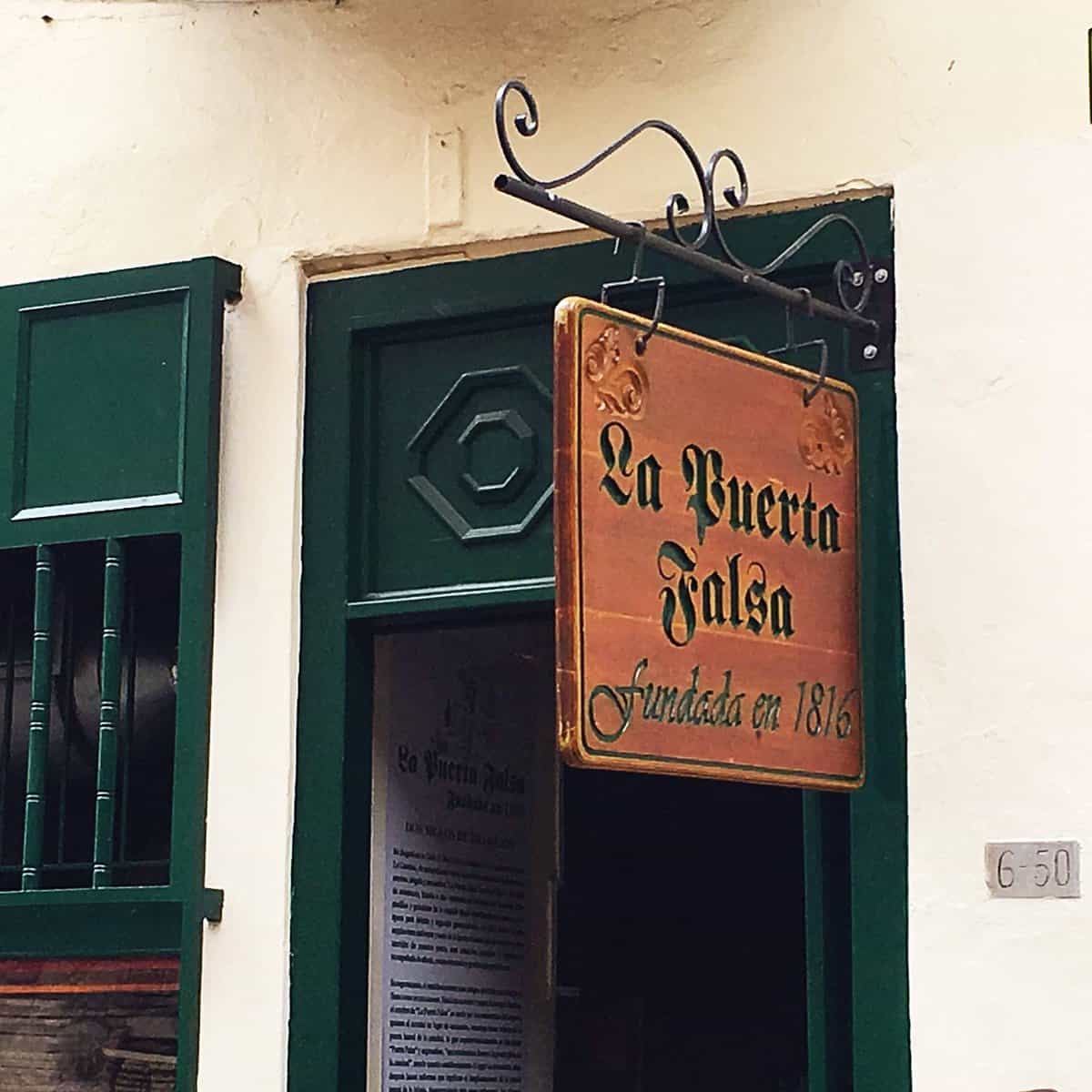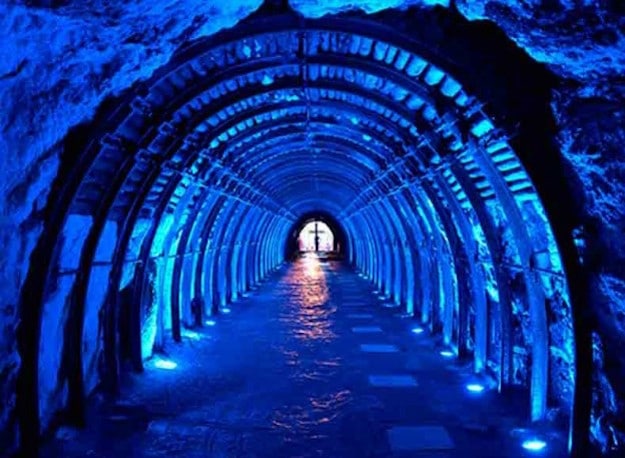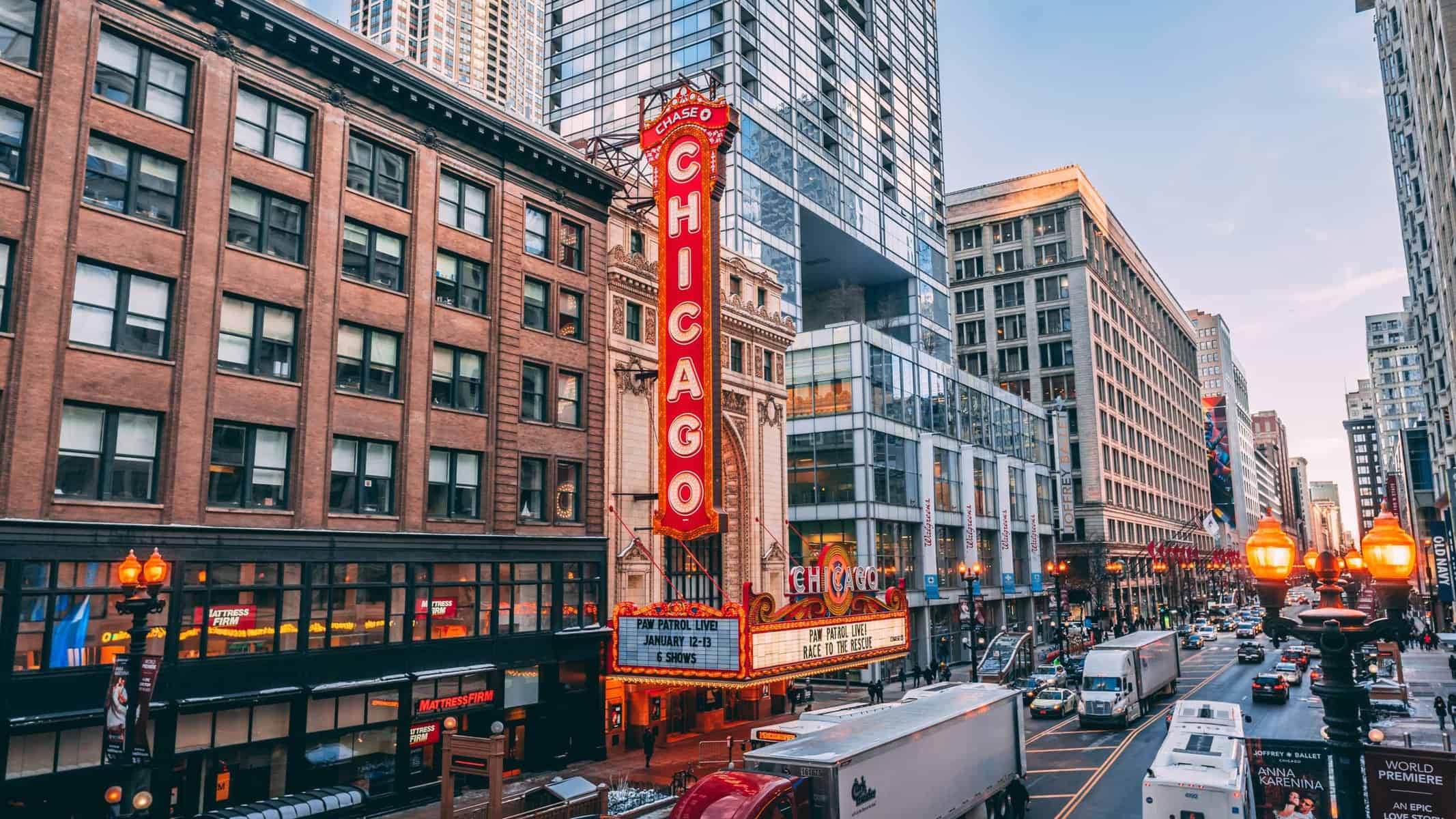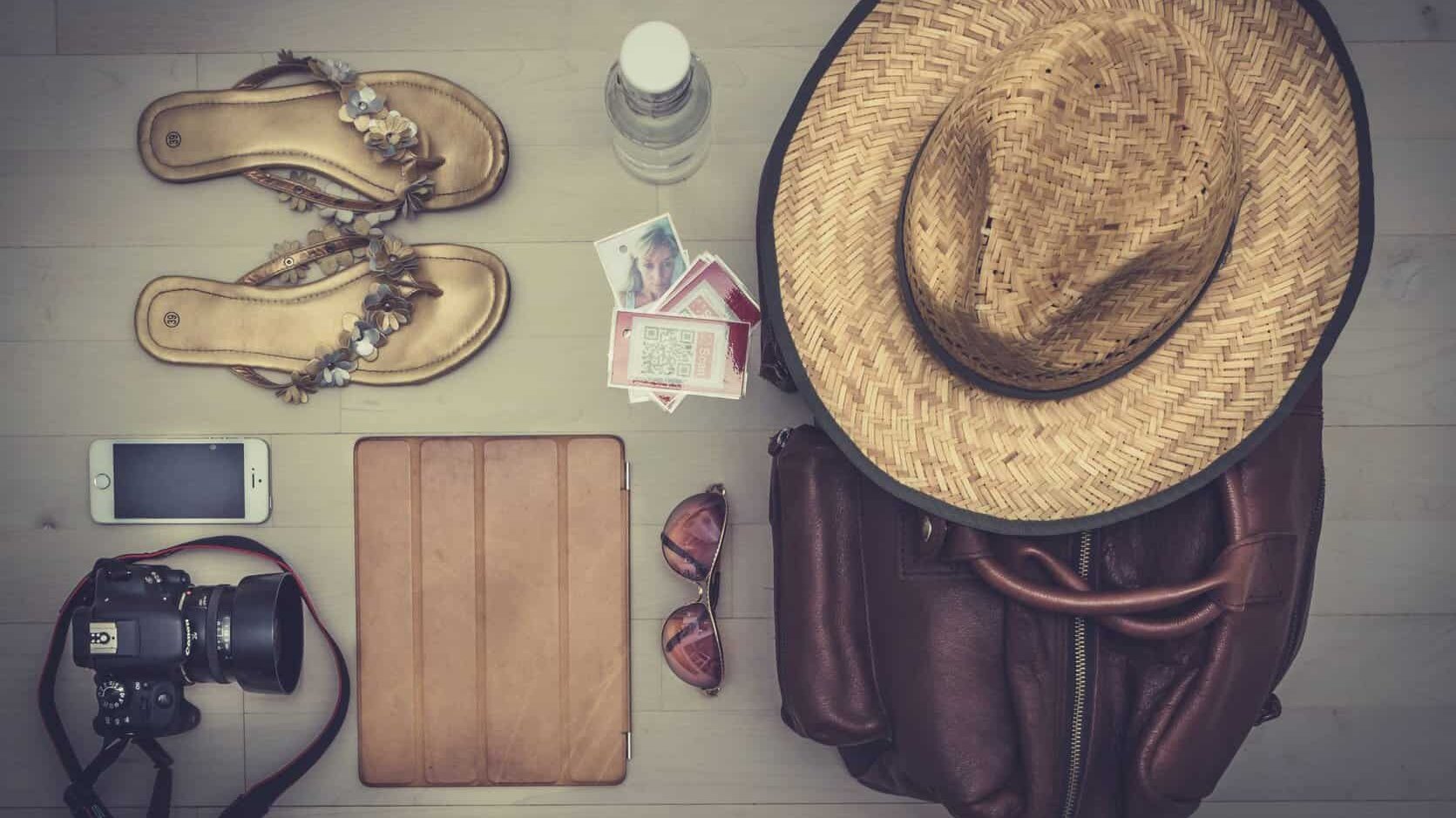This beautiful gem in South America, Bogota, is the capital of Colombia. It has a mix of colonial-era landmarks and modern architecture. The high altitude region has some of the most fertile soil and best climates for growing in the world, making it a great culinary experience. Thanks to ride-shares (Uber) and taxis it is cheap and easy to get around.
There is so much to do and see in this part of the world, you would need to spend a lot of time here to experience it all. Here is a list of some of my personal favorites.
1. Juan Valdez Café
Don’t leave the airport without making a quick stop at Juan Valdez Café. In my humble opinion, you’ll have a hard time going back to your local neighborhood coffee shop after having tried one of their lattes. I find myself comparing other coffee to the coffee I’ve had the pleasure of having here.
2. La Puerta Falsa
La Puerta Falsa is a small restaurant with a small, one-page menu, serving up traditional Colombian dishes. The two-hundred-year-old family establishment got its name because the church across the street had counterfeit doors put in as a defense to confuse intruders attempting to attack the city. From the outside, it looks very much like a humble historic house among others on the street. Since 1816 they’ve been serving customers traditional Colombian food crafted by secret family recipes, like the Colombian tamale, a local favorite. They serve them big here, it’s definitely enough to share. Another must-try is the chocolate completo, which is hot chocolate served with bread, almojabana (I’d describe as a sponge cake cheese bread) and cheese. Trust me: don’t leave without trying this one.

3. Plaza de Bolivar
A short walk from La Puerta Falsa you’ll find the center of the cities historical area. Here in the Plaza De Bolívar, you’ll find Colombian Congress, Colombia’s Palace of Justice, Bogotá’s City Hall as well as the Primary Cathedral of Bogota. The first building in the plaza was constructed in 1539. During the Spanish colonial period, this square hosted markets and bullfights. The plaza is a tourist attraction, but it’s not unusual to see peaceful protesters here as it is a prime spot to get the attention of politicians. In the middle of the square is a bronze statue of Simón Bolívar, Bogotá’s first public monument (1846), by Italian artist Pietro Tenerani.
4. Museo Del Oro
Boasting the largest collection of gold artifacts in the world, El Museo de Oro is three floors of pre-Colombian gold as well as pottery, stone, and metal artifacts of indigenous cultures and societies dating before the Spanish conquest of the Americas. On the first floor, you’ll find the museum’s main entrance, a shop, and a restaurant. Exhibits (on the second and third floors) are divided by different cultures and there are bilingual descriptions of almost all of the exhibits.
5. Catedral Del Sal
Located North of Bogotá you’ll find mesmerizing rough cut tunnels to a large subterranean cathedral carved from salt: the Catedral Del Sal, or The Salt Cathedral of Zipaquirá. This Román Catholic Church is 200 meters underground, built in a salt mine. Once underground you’ll find three sections with sculptures representing the birth, life, and death of Jesus. Full of unique hand carved detailed sculptures made of halite rock and marble. Beautifully displayed in colorful lighting.
You can get there taking the Tren Turistico De La Sabana (Savanna tourist train) in Bogotá; a steam train that runs to Zipaquirá.

Flight loads
Of course, there is so much more to do in and around Bogotá. Request the flight loads in StaffTraveler and get out there, try something new and have fun!
Travel Tips from Airline Crews
The holidays are upon us, which means that holiday travelers are about to…



